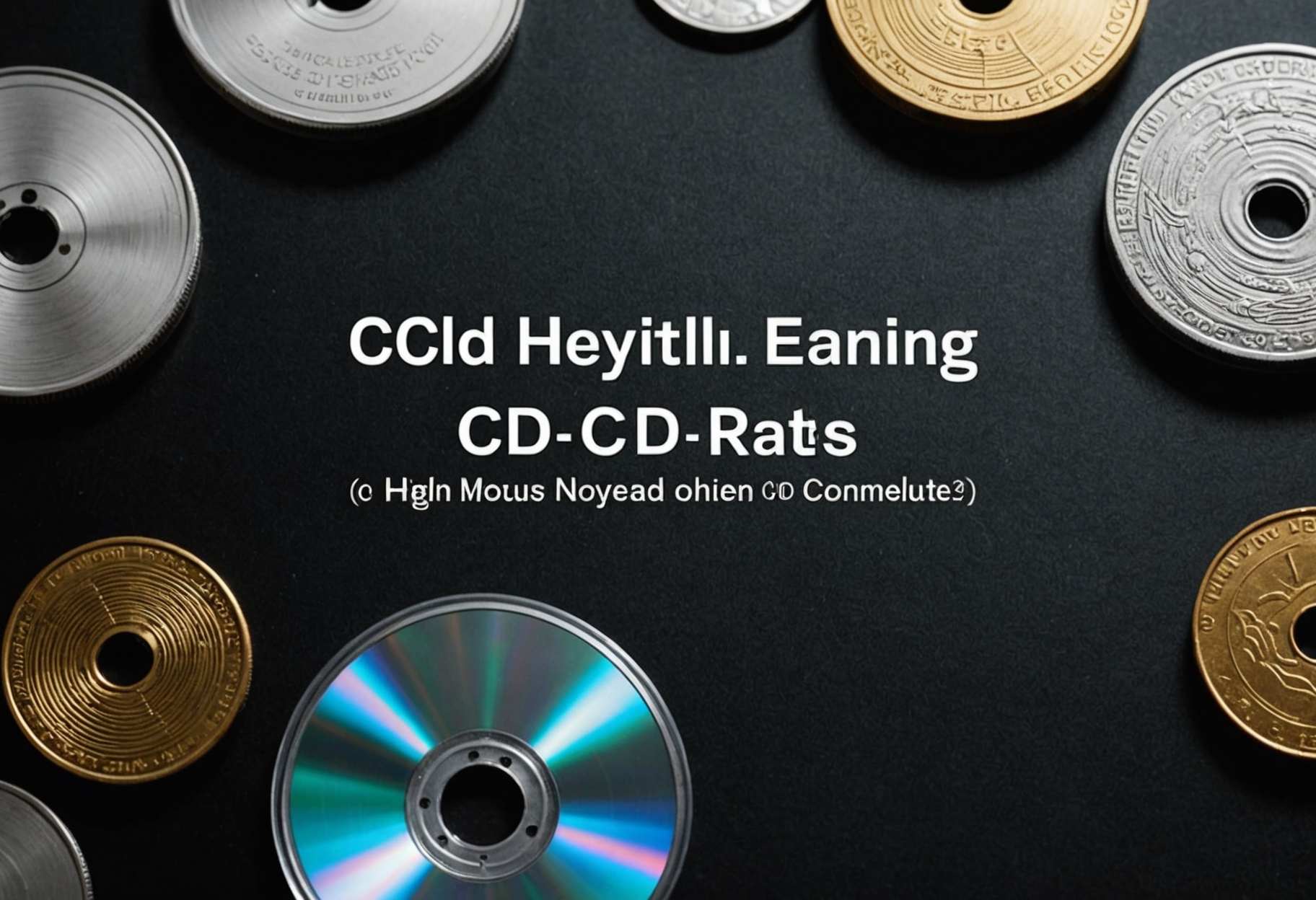
Tatiana Schlossberg's surprising revelation that she is battling terminal cancer has put a spotlight on the type of cancer with which she was diagnosed, acute myeloid leukemia.
Schlossberg, the daughter of Caroline Kennedy, revealed in an emotional essay published Saturday that she was diagnosed with a "rare mutation" of acute myeloid leukemia in May 2024 after giving birth to her second child.
After undergoing a bone-marrow transplant as well as chemotherapy and immunotherapy, Schlossberg said has been told by doctors she may have less than a year to live.

Here's what to know about acute myeloid leukemia.
What is acute myeloid leukemia?
Acute myeloid leukemia, or AML, is a cancer of the bone marrow and the blood, according to the National Cancer Institute.
With AML, the bone marrow makes a large number of abnormal, immature white blood cells, known as myeloblasts, or "blasts."
Grandmother, 1-year-old granddaughter battle cancer together
Schlossberg wrote that in her case, doctors diagnosed her with AML after noticing an imbalance in her white blood cell count after she gave birth.
Other symptoms of AML include weakness and fatigue, bleeding, fever and infection.
How serious of a diagnosis is acute myeloid leukemia?
The five-year survival rate for AML is just 31.9%, according to the NCI.
The word "acute" in its name means this type of cancer is fast-moving. How severe AML is in each person though depends on several factors, including when it is diagnosed, whether the cancer has spread to other parts of the body and the person's age and medical history.
Tatiana Schlossberg, Caroline Kennedy's daughter, reveals terminal cancer diagnosis
There are also different subtypes of AML based on how developed the cancer cells are at the time of diagnosis, according to the NCI.
How common is acute myeloid leukemia?
Just over 22,000 people are estimated to be diagnosed with AML this year, representing around 1% of all new cancer cases, according to the NCI.
What are the risk factors for acute myeloid leukemia?
Acute myeloid leukemia is caused by "changes to the way blood stem cells function," according to the NCI.
AML can arise due to genetic mutations that occur later on in life, environmental exposures such as pesticides or the chemical benzene, prior chemotherapy, or -- less commonly -- through inherited familial genetic mutations. Cases can often be due to a combination of these risk factors, according to the NCI.
Though AML may be diagnosed in anyone, it is most common in men and in people over the age of 65.
What treatments are available for acute myeloid leukemia?
Treatment options for AML include bone-marrow transplant, chemotherapy, radiation and drug therapy.
latest_posts
- 1
 Share your pick for the headphones that you generally suggest!
Share your pick for the headphones that you generally suggest! - 2
 5 Superstar Couples That Motivate Relationship Objectives
5 Superstar Couples That Motivate Relationship Objectives - 3
 Manual for Instructive Application for Youngsters
Manual for Instructive Application for Youngsters - 4
 Watch Blue Origin's huge New Glenn rocket ace its epic landing on a ship at sea (video)
Watch Blue Origin's huge New Glenn rocket ace its epic landing on a ship at sea (video) - 5
 Make Your Fantasy Closet: 10 Immortal Design Fundamentals
Make Your Fantasy Closet: 10 Immortal Design Fundamentals
 Little Urban areas to Visit in Western Europe
Little Urban areas to Visit in Western Europe Instructions to Perform Fundamental Upkeep on Your Slam 1500.
Instructions to Perform Fundamental Upkeep on Your Slam 1500. Nutrient Rich Natural products: Lift Your Wellbeing
Nutrient Rich Natural products: Lift Your Wellbeing Terminal cancer diagnosis announced by JFK's granddaughter
Terminal cancer diagnosis announced by JFK's granddaughter Is an $85 apple pie worth it? Our Thanksgiving taste test says … maybe.
Is an $85 apple pie worth it? Our Thanksgiving taste test says … maybe. 6 Novice Cameras for 2024: Ideal for New Picture takers
6 Novice Cameras for 2024: Ideal for New Picture takers 6 Exceptionally Appraised Summer Travel Objections
6 Exceptionally Appraised Summer Travel Objections China's Normal Ponders: A Visual Excursion
China's Normal Ponders: A Visual Excursion 6 Spending plan 3D Printers with the Best Worth
6 Spending plan 3D Printers with the Best Worth













